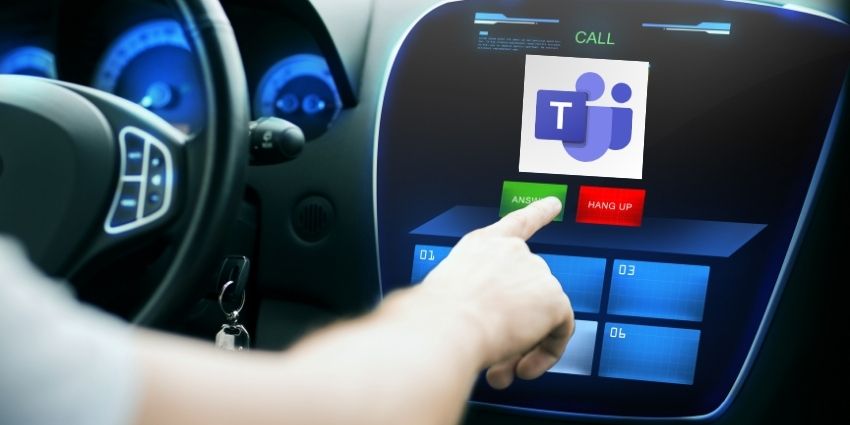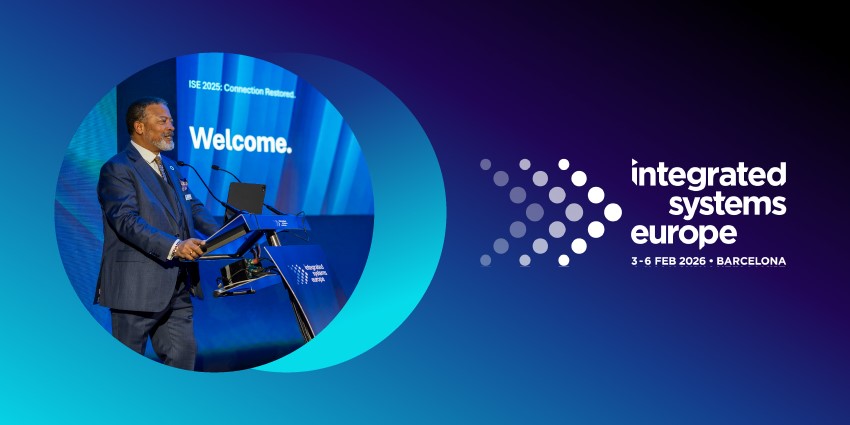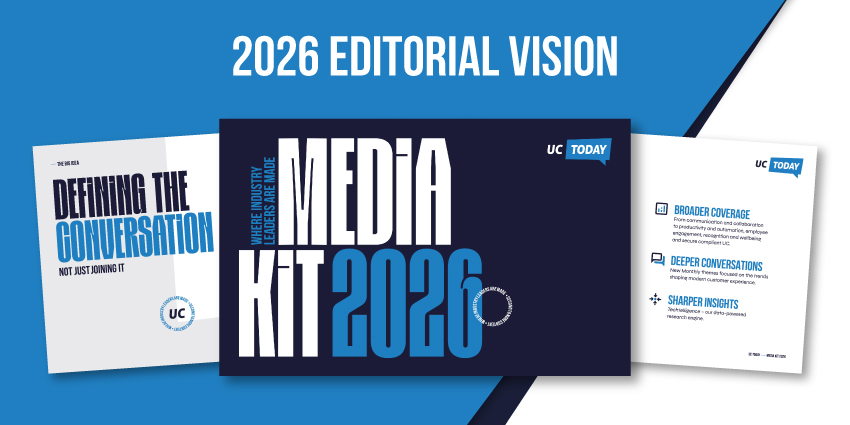Mercedes-Benz has announced a game-changing integration that allows drivers to participate in Microsoft Teams video calls using an in-car camera while actively driving.
The integration will debut on the new CLA model as part of Mercedes-Benz’s summer productivity enhancements.
This marks the first time a major automaker has enabled video conferencing capabilities during vehicle operation, representing a significant shift from existing safety protocols that typically restrict such functionality to parked vehicles only.
This announcement signals how personal vehicle cockpits are increasingly being positioned as the next huddle space, with Mercedes’ innovation building on similar moves by other automakers.
Teams Calls in the CLA Cockpit
Accessed as an app on the in-car infotainment system, the Teams call—when activated—uses the car’s console camera to capture the video feed and make it visible to meeting participants, similar to traditional office setups.
What changes is that the driver’s video view becomes limited once the car begins moving.
The Mercedes-Benz Teams integration operates through a carefully designed system of safety controls and technical limitations, aimed at minimizing driving distractions while maintaining remote meeting participation.
Once in motion, the car’s video feed becomes one-way, and the driver loses the ability to view shared screens or presentation materials included in the call.
This selective approach attempts to balance productivity with road safety. Allowing drivers to access shared materials while driving would increase the risk of distraction by encouraging them to take their eyes off the road.
Beyond Teams integration, Mercedes-Benz is also partnering with Microsoft to embed Microsoft 365 Copilot into its latest vehicles, another first of its kind in a car.
This AI-powered voice assistant could allow drivers to summarize emails, manage tasks, and perform various productivity functions—all without manual interface interaction.
The automaker frames this development as transforming vehicles into a “third workspace” alongside the office and home, meaning participating in meetings here could become both acceptable and routine.
The Automotive Huddle Space Phenomenon
As high-end cars have developed more advanced audiovisual systems, automakers increasingly view their interiors as ideal environments for busy professionals to complete tasks while on the move.
In response, more automakers are integrating enterprise-grade UC tools directly into vehicle systems.
Although Microsoft’s integration with Mercedes-Benz is the first to allow Teams video calls during active driving, the concept of using a car’s cockpit as a huddle space has already been explored.
In 2022, Zoom announced a partnership with Tesla to bring its video conferencing platform to Tesla vehicles.
Just last month, Zoom extended similar functionality to Ford and Lincoln cars, enabling meetings without the need for a phone. However, Ford restricts full video capability to when the vehicle is parked.
It’s clear that UC providers see the cockpit’s potential as a professional collaboration space—as do automakers. Yet Mercedes-Benz’s latest announcement demonstrates a willingness to test the limits of this new mobile workplace compared to more traditional, desk-based alternatives.
The Future of Mobile Productivity Platforms
While the growing integration of meetings into car environments introduces new etiquette and expectations that enterprises must eventually address, the Mercedes-Benz and Microsoft partnership highlights a broader shift: car cockpits are being seen as capable huddle spaces for modern professionals.
Microsoft’s involvement—through both Teams integration and Copilot functionality—represents a strategic move to expand its enterprise tools into automotive environments. Where this goes a step further is in exploring how much of the full meeting experience can truly be replicated within a moving vehicle.
With autonomous vehicles continuing to advance in capability and popularity, the possibilities for in-car productivity could expand even further. Entire meetings, collaboration tools, and even custom-built UC solutions designed specifically for vehicles might not be far off.
This long-term trajectory therefore suggests that today’s implementations are just transitional steps toward a future where automotive huddle spaces will seamlessly accommodate more forms of professional interaction.







